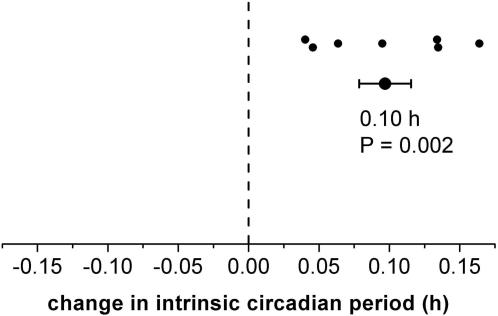Figure 3. Plasticity of the human circadian period.
Intrinsic circadian period was significantly longer following the 24.65-h day versus than following the 23.5-h day, as estimated during two-week FD protocols in dim light conditions. This was true when using plasma melatonin data (P = 0.002), plasma cortisol data (P = 0.004), core body temperature data (P = 0.02), and the composite [13] (P = 0.002) for period assessment, the later depicted here. There were no significant differences between melatonin, cortisol, and temperature period assessments. There was no significant order effect. Small filled circles; individual changes in intrinsic circadian period following exposure to both non-24-h day-night cycles (post 24.65–post 23.5); large filled circle; group difference; error bars, SEM.

